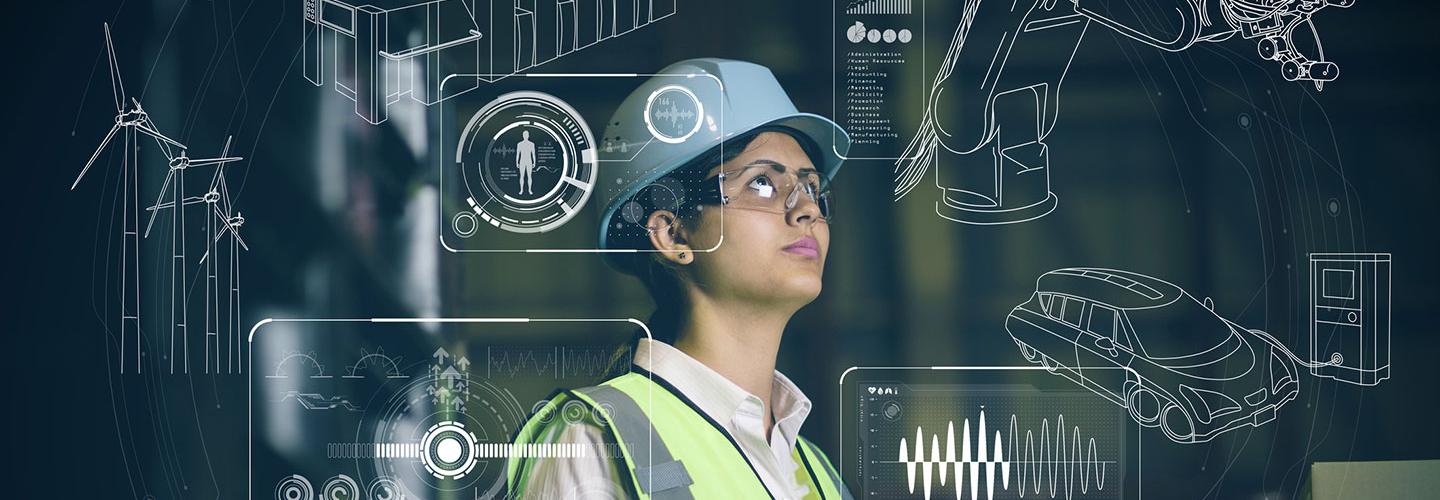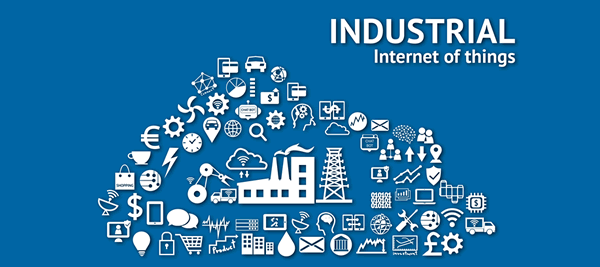Cybersecurity can cause organizational migraines. In 2016, breaches cost businesses nearly $4 billion and exposed an average of 24,000 records per incident. In 2017, the number of breaches is anticipated to rise by 36%. The constant drumbeat of threats and attacks is becoming so mainstream that businesses are expected to invest more than $93 billion in cyber defenses by 2018. Even Congress is acting more quickly to pass laws that will — hopefully — improve the situation.
Despite increased spending and innovation in the cybersecurity market, there is every indication that the situation will only worsen. The number of unmanaged devices being introduced onto networks daily is increasing by orders of magnitude, with Gartner predicting there will be 20 billion in use by 2020. Traditional security solutions will not be effective in addressing these devices or in protecting them from hackers, which should be a red flag, as attacks on IoT devices were up 280% in the first part of 2017. In fact, Gartner anticipates a third of all attacks will target shadow IT and IoT by 2020.
Source: The Internet of Things Is Going to Change Everything About Cybersecurity | HBR






 The industrial internet of things market is exploding. As a matter of fact, Gartner predicts it’s on pace to reach $80 billion by the end of 2017. Much of this growth is fueled by the promise of what IoT can ultimately deliver with the integration of machine learning and AI technology. And the progress toward this end goal can be seen all around; businesses everywhere are using IoT platforms to gather key equipment data, analyze it and automate the delivery of that logic back to edge devices in a self-servicing and self-maintaining technology ecosystem. This level of automation has many in the industry warning that machines will rise up, though, or as Elon Musk put it, “that building a general AI will summon the devil.”
The industrial internet of things market is exploding. As a matter of fact, Gartner predicts it’s on pace to reach $80 billion by the end of 2017. Much of this growth is fueled by the promise of what IoT can ultimately deliver with the integration of machine learning and AI technology. And the progress toward this end goal can be seen all around; businesses everywhere are using IoT platforms to gather key equipment data, analyze it and automate the delivery of that logic back to edge devices in a self-servicing and self-maintaining technology ecosystem. This level of automation has many in the industry warning that machines will rise up, though, or as Elon Musk put it, “that building a general AI will summon the devil.”